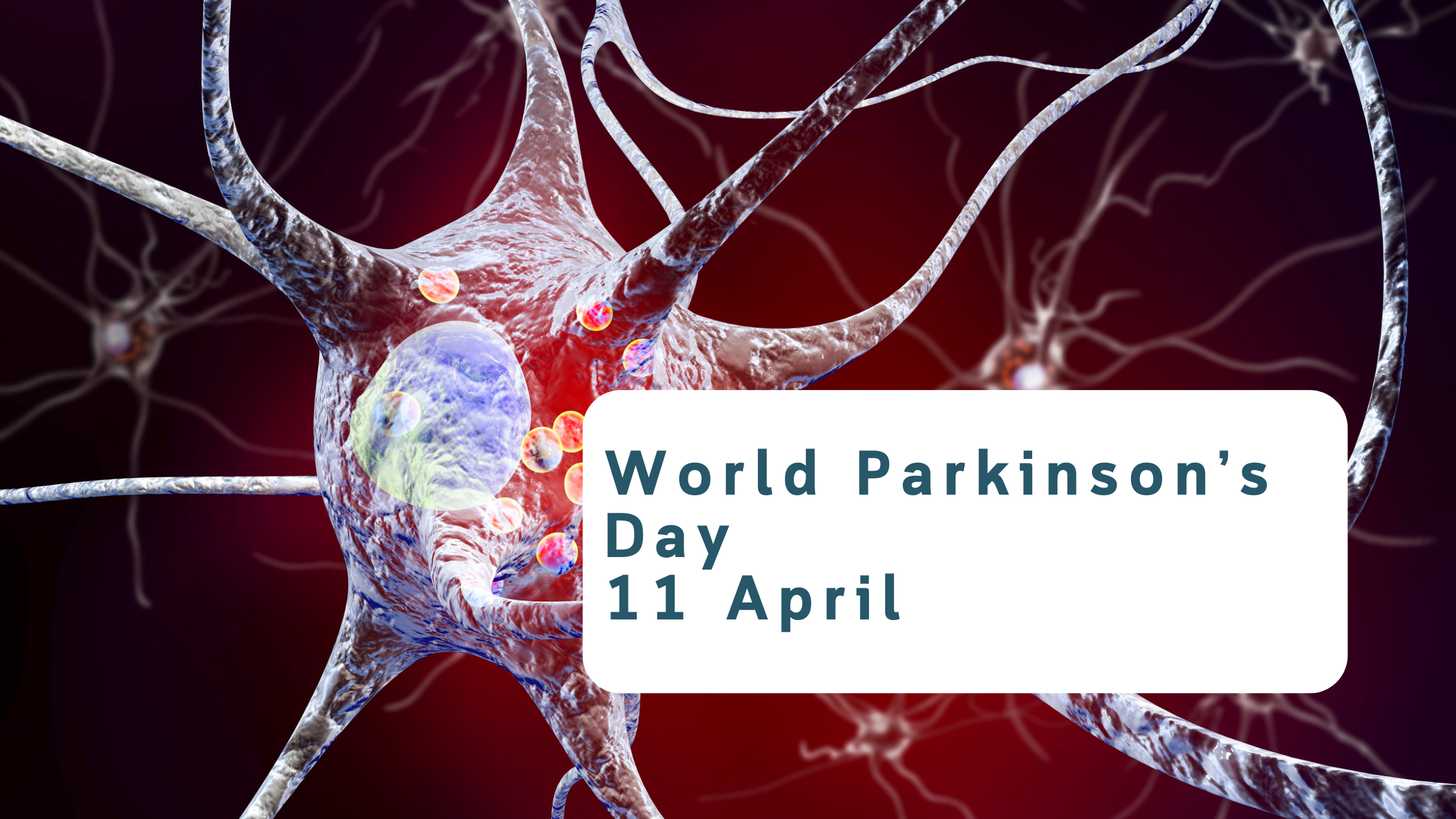World Parkinson's Day
11 April 2023
Parkinson's Australia states its uncertain what causes Parkinson's. It is thought that multiple factors are responsible like genetic changes, environmental factors, oxidative stress or a combo of these.
What is Parkinson’s? The facts:
01 - Parkinson’s is a progressive neurological condition that can affect anyone.
02 - Parkinson's is the second most common neurological condition.
03 - It is estimated that more than 100,000 Australians are living with Parkinson's.
04 - The average age of diagnosis is 65 years.
What causes Parkinsons?
There is currently no know cause of Parkingson’s. Parkinson’s Australia’s current research include the following:
Genetic or hereditary
Environmental factors
Age
1. Genetic or hereditary
It is rare that Parkinson’s is passed on from one generation to the next.
Parkinson’s Australia states that ‘It is more common that a genetic mutation increases the risk of someone getting Parkinson's rather than directly causing it.’
2. Environment
’Many scientists consider that Parkinson's results from a complex interaction between a person's genetic make-up, their life activities including environmental exposures. There is some evidence that some toxins in the environment may contribute to dopamine-producing neurons dying, leading to the development of Parkinson’s. In particular, there has been a great deal of speculation about the link between the use of some herbicides and pesticides and the development of Parkinson’s.
There are many other theories of different environmental factors leading to the development of Parkinson’s, but as yet the evidence is inconclusive.’ - Parkinson’s Australia
3. Age
It is generally impossible pin the cause of Parkinson’s in a person, but other factors which could increase the risk of Parkinson’s are age, and head injuries.
Parkinson’s symptoms
Symptoms may include:
Muscle rigidity
Tremor
Postural instability
Bradykinesia (slowness of movement)
Many people think of tremor being the main symptom, but this is not the case, around 30% where there is no tremor present.
Non-motor symptoms:
5. Pain
6. Sensory changes
7. Gastrointestinal system changes
8. Depression
9. Memory and thinking problems
10. Sleep disturbances
Treatment
There is currently no known cure for Parkinson’s. Each case of Parkinsons is individual. Some treatments suggested by Parkingson’s Australia may include the following:
Surgical treatments like brain stimulation.
Oral medications.
Injection or a tube directly into the small intestines.
Physical and supportive physiotherapy, occupational therapy, speech pathology, nutrition, dietetics, social work and psychology.
Complimentary treatments specifically designed for those with Parkinson’s such as:
Pilates
Research has shown that Pilates helps people with Parkinson's.
The results showed that 'Pilates can be safely prescribed for people with mild-to-moderate PD. Preliminary evidence indicates that its practice could have a positive impact on fitness, balance and physical function. Its benefits on lower-body function appear to be superior to those of other conventional exercises.’
Exercise
Yoga
Singing
Dancing
Diagnosing Parkinson’s
Medical specialist
When symptoms first start, people would usually see their GP, who will then refer them to a neurologist.
‘The basis of diagnosis is the assessment of presenting symptoms, past medical history including exposure to substances (both pharmaceutical and environmental) and a review of family history.
A neurological examination will reveal bradykinesia, tremor, rigidity and balance issues.’
Diagnostic imaging
MRI will be done to confirm no other neurological conditions.
CT can rule out structural abnormalities which could mirror Parkinson’s-like symptoms.
SPECT and PET are now used in Australia for diagnosis.
MIBG (a metaiodobenzylguanidine) scan be used if there is any doubt between the diagnosis between Parkinson’s and Atypical Parkinsonism.
Regardless which diagnosis is used, the outcome can be daunting. It is highly recommended that you find support and education.
“Parkinson’s organisations in each state can supply a list of
locally based specialists who have an interest in treating Parkinson’s. Some states have government funded Parkinson’s clinics. ”
If you require more info click here.


